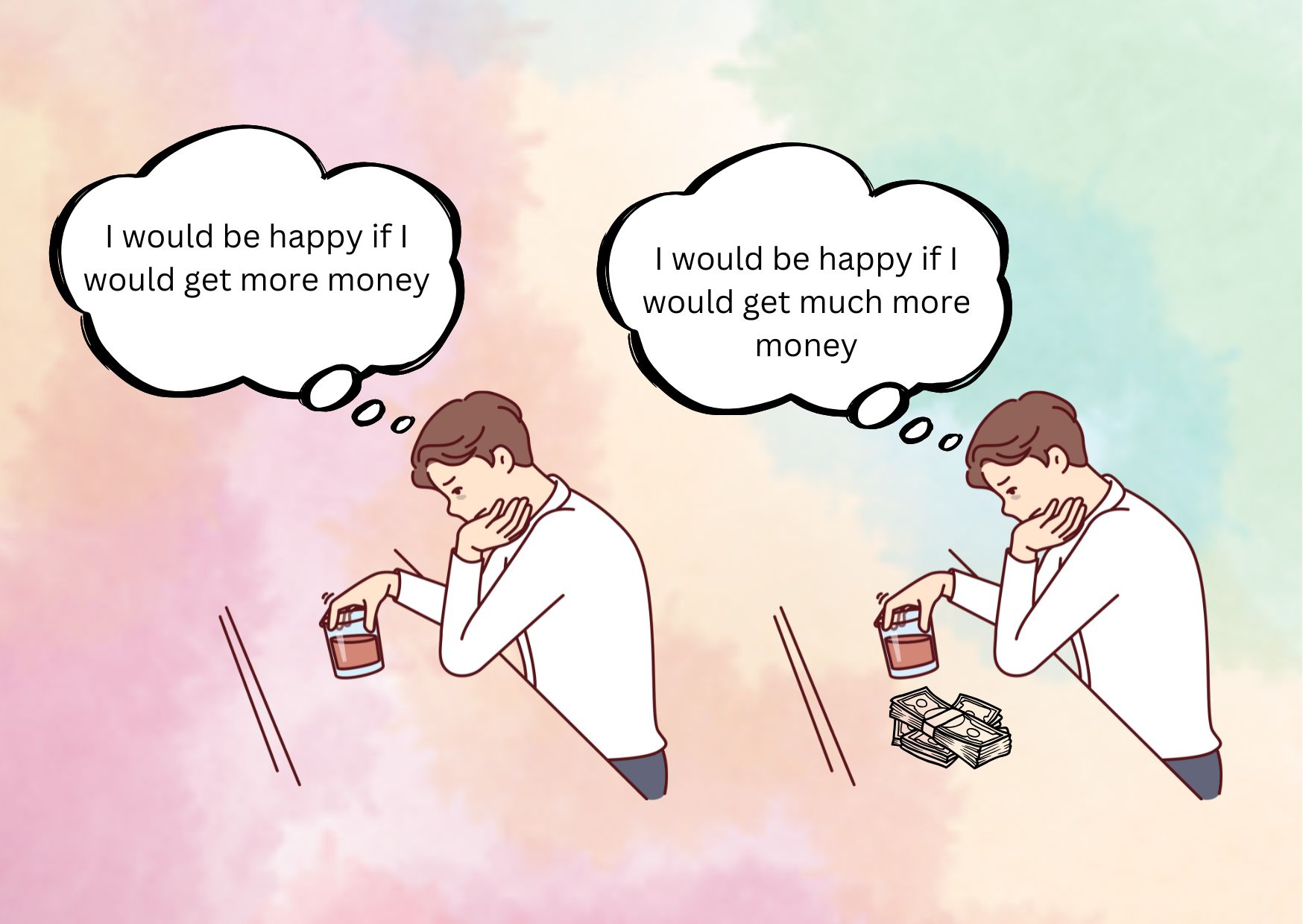How to Overcome Hedonic Adaptation and Find Lasting Happiness
Remember that exciting new job, relationship, or achievement that made you incredibly happy? Yet somehow, that initial joy gradually faded away, leaving you wondering why the happiness didn’t last.
This phenomenon, known as hedonic adaptation, explains why humans quickly return to their baseline happiness levels after both positive and negative life events. Scientists have found that even lottery winners and people experiencing major life successes often return to their previous happiness levels within months.
This comprehensive guide explores proven strategies to overcome hedonic adaptation and create lasting happiness. You’ll learn about your happiness set point, discover practical techniques to break the adaptation cycle, and develop sustainable joy practices that stand the test of time.
Understanding Your Happiness Set Point
Your brain has a fascinating way of maintaining what scientists call a happiness set point – a natural baseline level of contentment that you tend to return to over time. Think of it as your emotional thermostat, constantly working to regulate your happiness levels.
The science behind baseline happiness levels
Recent genetic studies have revealed that 35-50% of your happiness baseline is inherited through your genes. This discovery comes from extensive twin studies, which found that identical twins share remarkably similar happiness levels, even when raised apart. Your brain’s happiness circuitry is particularly influenced by genes that regulate neurotransmitters like serotonin and dopamine – the chemical messengers responsible for positive emotions and satisfaction.
Factors affecting your happiness threshold
Your happiness threshold is influenced by a complex interplay of biological and environmental factors:
- Brain chemistry and neural patterns
- Genetic predisposition
- Social support systems
- Life circumstances and experiences
- Personal choices and activities
The prefrontal cortex plays a crucial role in emotional processing, with research showing that individuals with higher happiness baselines typically display greater left-side activation in this region. Additionally, the limbic system, located in the central area of your brain, significantly influences how you process and experience emotions.
Measuring your current happiness baseline
Scientists have developed reliable ways to measure happiness through self-report questionnaires and surveys. These assessments typically evaluate both emotional components (how you feel) and cognitive aspects (how you think about your life). The Satisfaction With Life Scale (SWLS) is one widely-used tool that helps determine your current happiness baseline through five simple questions.
Personal happiness
Understanding your personal happiness set point is crucial because it serves as the foundation for any attempts to create lasting positive change. While this baseline shows remarkable stability over time, recent research suggests it’s not entirely fixed. Through intentional efforts and strategic activities, you can influence your happiness threshold, though it requires consistent effort and the right approaches.
The key is recognizing that while your genes provide the initial blueprint for your happiness potential, they don’t tell the whole story. Your daily choices, relationships, and activities play a significant role in determining whether you operate at the upper or lower end of your natural happiness range.
Breaking the Adaptation Cycle
Like a favorite song that loses its magic after too many replays, our brains have an uncanny ability to normalize even the most exciting life changes. This process, known as hedonic adaptation, is both a blessing and a challenge in our pursuit of lasting happiness.
Identifying adaptation patterns in your life
Start paying attention to the emotional “peaks and valleys” in your daily experiences. Notice how that new car excitement fades, or how the thrill of a promotion gradually becomes your new normal. These patterns aren’t random – they’re your brain’s natural tendency to return to its baseline state. The key is recognizing when this adaptation starts happening, usually within weeks or months of a positive change.
Common triggers of hedonic adaptation
Several common situations typically trigger our adaptation response:
- Material acquisitions and upgrades
- Career achievements and salary increases
- Changes in living situations
- New relationships or social connections
- Personal accomplishments and goals
The challenge isn’t just that we adapt, but that we adapt more quickly and completely to positive changes than negative ones. This asymmetry explains why we often find ourselves caught in an endless cycle of pursuing the next big thing.
Creating awareness of adaptation responses
Developing awareness of your adaptation patterns requires active monitoring of your emotional responses. When you notice the initial excitement of a positive change beginning to fade, pause and examine your thoughts. Are you already looking for the next source of happiness? Do you find yourself taking current blessings for granted?
The science shows that adaptation proceeds through two distinct paths: First, the stream of positive emotions from a life change diminishes over time. Second, our aspirations rise, making previously satisfying experiences feel inadequate. Understanding these mechanisms is crucial for developing effective counter-strategies.

